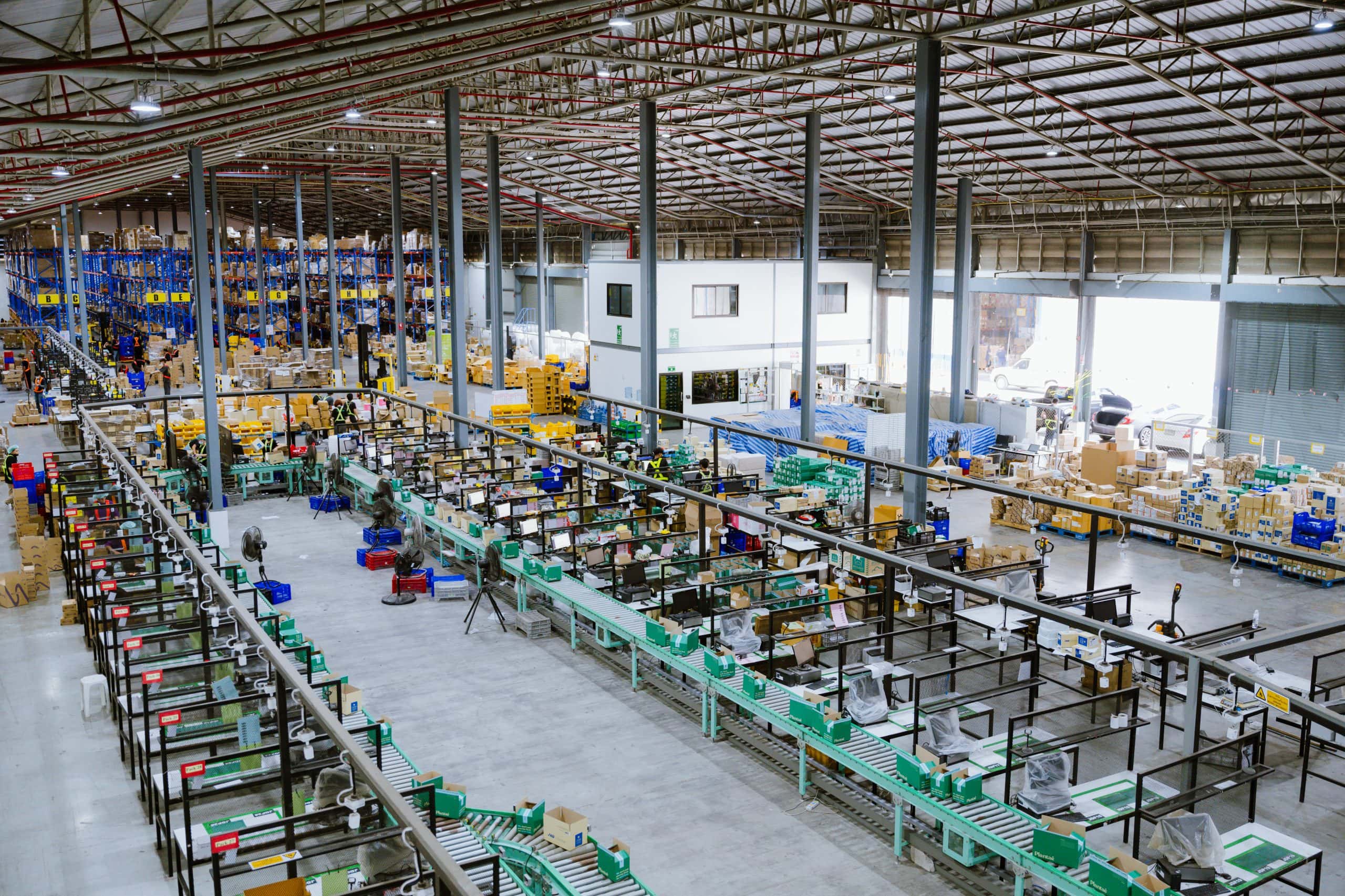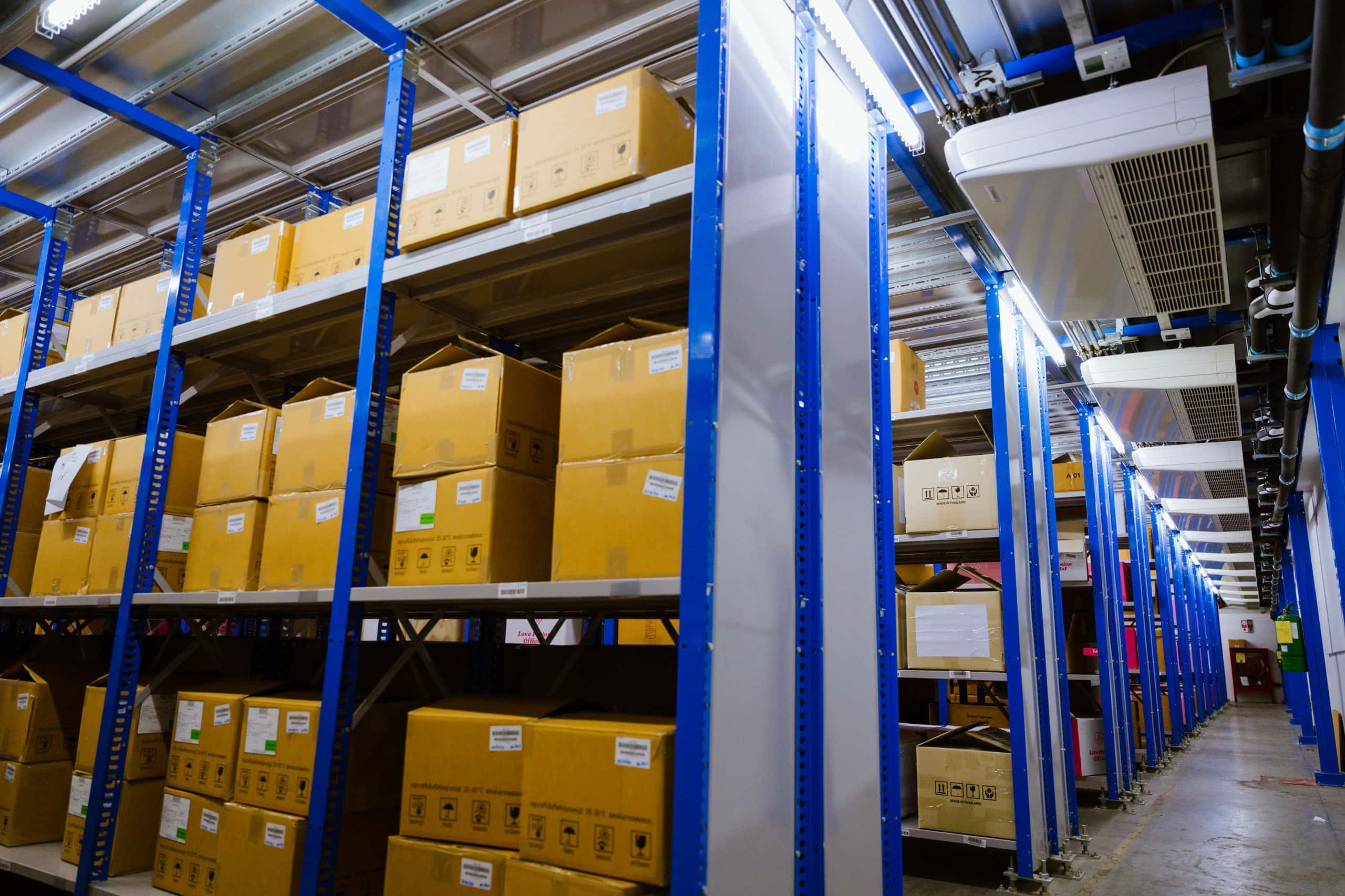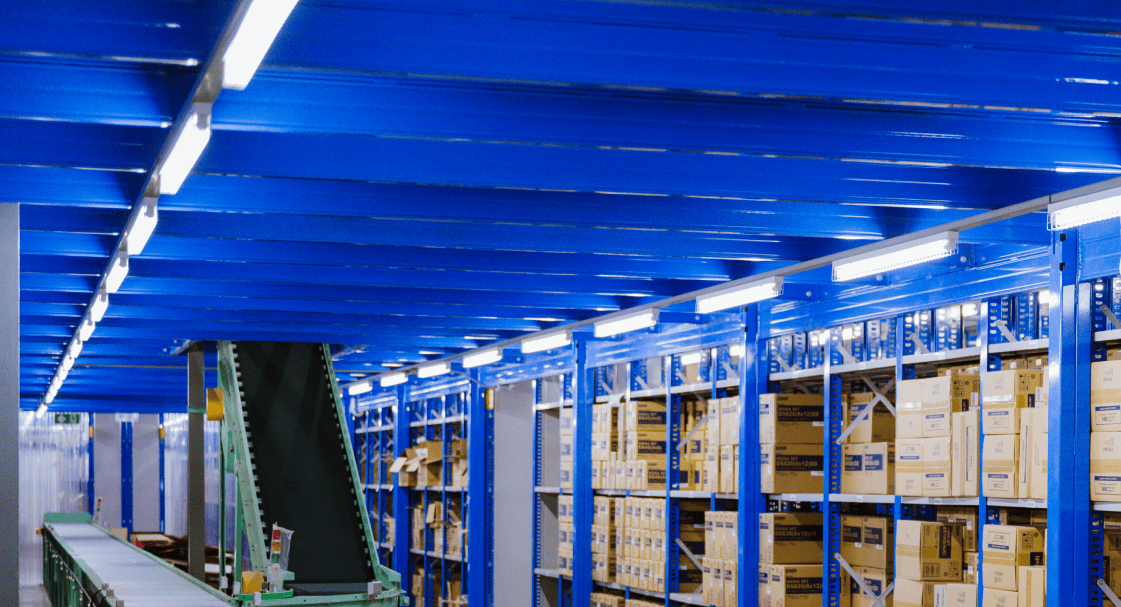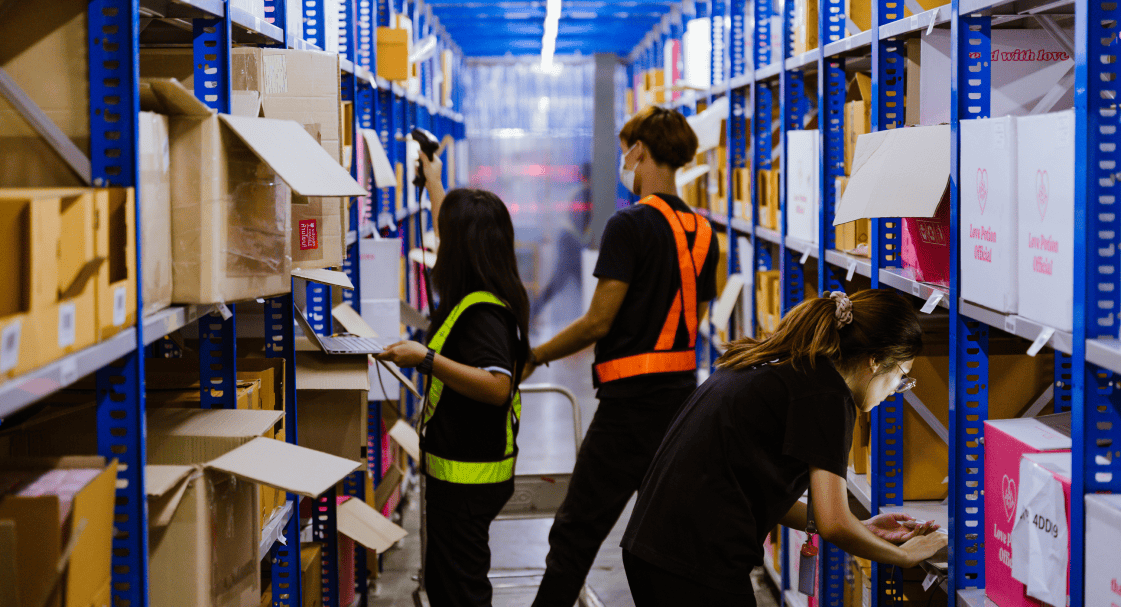Fulfillment Solution
Inventory Management
An Online Warehouse Solution for Business Growth

Managing an online warehouse is a critical principle for e-commerce businesses, impacting every aspect of operations. From production and marketing to sales, all these elements are interconnected through strategic planning to ensure readiness for selling across various channels and timeframes.

What is Inventory Management?

What is Inventory Management?
Inventory Management refers to the management of online warehouses and stock planning. It involves processes that ensure sufficient inventory levels for sales during specific periods, reducing storage costs. This systematic approach not only ensures smooth business operations but also supports the growth and expansion of the business.
MyCloud Online Warehouse

MyCloud Online Warehouse
MyCloud Fulfillment operates three online warehouses located in Ladkrabang, Minburi, and Rangsit, covering a total area of 10,000 square meters. These warehouses provide convenient access for stocking products and operate entirely through a digital system. Customers can independently check statuses, plan operations, and manage inventory. The MyCloud team is always ready to provide guidance and assistance at every step.
MyCloud Fulfillment operates three online warehouses located in Ladkrabang, Minburi, and Rangsit, covering a total area of 10,000 square meters. These warehouses provide convenient access for stocking products and operate entirely through a digital system. Customers can independently check statuses, plan operations, and manage inventory. The MyCloud team is always ready to provide guidance and assistance at every step. … อ่านเพิ่มเติม
Where Are MyCloud Fulfillment Warehouses Located?
MyCloud Fulfillment has three warehouses: Ladkrabang, Minburi, and Rangsit, covering 10,000+ sqm. All are strategically located along major roads, near the airport, and close to manufacturing hubs.

Ladkrabang Warehouse
Near Suvarnabhumi Airport with easy access to major roads, Ladkrabang is designed to handle sudden inventory and order volume spikes.

Minburi Warehouse
The largest warehouse in MyCloud’s network, Minburi is positioned for maximum order capacity with convenient transport access.

Coming Soon
Coming Soon
Types of Warehouses at MyCloud Fulfillment
Once products are received, they are stored in designated locations prepared specifically for your items. MyCloud Fulfillment offers three types of warehouses tailored to suit various product needs.
An Inbound System Designed for Online Stores
At MyCloud Fulfillment, our inbound system is designed to align seamlessly with warehouse operations, emphasizing flexibility for online stores. Create inbound requests anytime, anywhere by simply entering product details, quantities, shipping providers, and the expected arrival date and time at the warehouse. Convenience and efficiency in operations are our top priorities.
Steps for Inbound Process
Standard Inbound
After the goods are entered into the MyCloud system, we will verify the delivery note or purchase order (PO), count the quantities, and perform a 10% random quality check for every inbound process to ensure the accuracy and integrity of the products.
Special Inbound
Special inbound processes include additional steps based on customer requirements, such as
• Custom QC based on customer specifications
• Applying stickers such as Thai Industrial Standard (TIS), Thai FDA, or Consumer Protection Board (OCPB)
• Repackaging to enhance product value
• Replacing product parts
• Sorting items before storage for set sales or promotional campaigns
Put Away Process
It is the process of receiving goods from the Inbound team and storing them in the warehouse in appropriate locations. This ensures the products are stored properly to maintain their quality and readiness for sale. The process operates through a Warehouse Management System (WMS) to enhance efficiency, save time, and minimize errors.
Steps for Organizing Product Storage
In this section, we provide guidance to customers on the most efficient storage methods for their product types. Products are categorized into three storage methods









